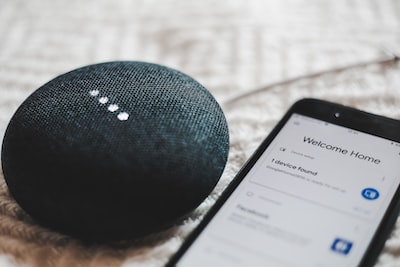Introduction: The deployment of Internet of Things (IoT) technology is revolutionizing urban landscapes, giving rise to smart cities that leverage interconnected devices and data-driven insights to enhance efficiency, sustainability, and the overall quality of life. Explore the key applications and benefits of integrating IoT into the fabric of smart cities.
Smart Infrastructure Management:
Intelligent Traffic Management: IoT for smart cities optimize traffic flow, reduce congestion, and enhance road safety.
Smart Parking Solutions: Real-time data on available parking spaces streamline traffic and reduce the environmental impact of unnecessary vehicle circulation.
Energy Efficiency and Sustainability:
Smart Grids: IoT-enabled sensors in the energy grid enhance monitoring, distribution, and efficiency, supporting the integration of renewable energy sources.
Connected Street Lighting: Adaptive lighting systems use IoT to adjust brightness based on real-time conditions, reducing energy consumption.
Waste Management Optimization:
Smart Waste Bins: IoT sensors monitor waste levels, optimizing collection routes to reduce operational costs and minimize environmental impact.
Recycling Tracking: RFID technology in recycling bins facilitates efficient sorting and tracking of recyclable materials.
Public Safety and Surveillance:
Smart Surveillance Systems: IoT-enabled cameras and sensors enhance public safety through real-time monitoring and early detection of security threats.
Emergency Response Optimization: Data-driven insights enable quicker and more effective emergency response strategies.
Environmental Monitoring:
Air and Water Quality Sensors: IoT devices monitor pollution levels, providing real-time data to address environmental concerns and protect public health.
Climate Control Systems: Smart city initiatives use IoT to optimize heating, ventilation, and air conditioning (HVAC) systems for energy conservation.
Smart Healthcare Services:
Remote Patient Monitoring: IoT devices enable remote health monitoring, allowing healthcare providers to offer personalized and timely interventions.
Epidemic Surveillance: IoT data aids in the early detection and monitoring of disease outbreaks, supporting proactive public health measures.
Efficient Public Transportation:
Connected Transit Systems: IoT technology enhances public transportation with real-time tracking, predictive scheduling, and automated fare collection.
Smart Bus Stops: Digital displays provide real-time arrival information, improving the overall commuter experience.
Community Engagement and Services:
Smart Citizen Services: IoT platforms facilitate community engagement through mobile apps, providing residents with access to real-time information, public services, and community events.
Connected Infrastructure: Public amenities, such as parks and recreation areas, leverage IoT to enhance user experiences and safety.
Data-Driven Decision Making:
Urban Analytics: IoT-generated data supports data analytics and machine learning applications, enabling city planners to make informed decisions for infrastructure development and resource allocation.
Predictive Maintenance: IoT devices aid in the proactive maintenance of city assets, reducing downtime and prolonging the lifespan of critical infrastructure.
Collaborative Ecosystems:
Public-Private Partnerships: Smart city initiatives often involve collaboration between government entities, private organizations, and citizens to co-create innovative solutions.
Open Data Platforms: Sharing anonymized and aggregated IoT data fosters innovation among developers and entrepreneurs to create valuable urban solutions.
Conclusion:
IoT is a driving force behind the evolution of smart cities, providing innovative solutions to urban challenges while enhancing the overall quality of life for residents. The integration of interconnected devices, data analytics, and collaborative ecosystems positions smart cities as hubs of innovation, sustainability, and efficiency, shaping the future of urban living.
For more info. Visit us:





Comments